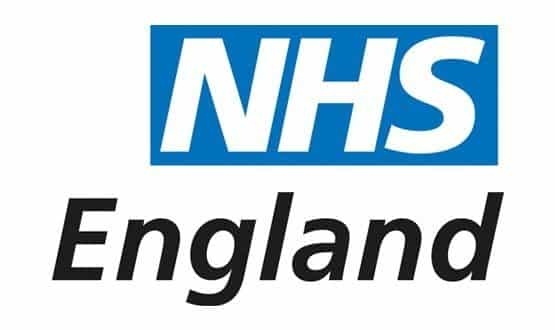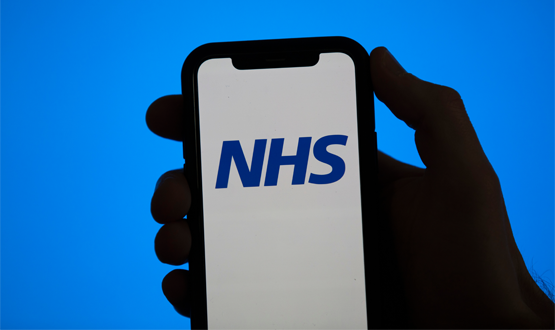NHS England promotes IT in ‘to do’ list
- 24 December 2014

NHS England has urged clinical commissioning groups to start working on the ‘roadmaps’ that will lead to integrated digital care records by 2018.
In its annual planning guidance, the commissioning board says that although the plans will not be due for publication until April 2016 “work can usefully start immediately.”
It also sets out the contractual levers that can be applied to make immediate use of the national systems first developed by the National Programme for IT, and to get some of the building blocks of integrated, local records in place.
To support the roll-out of the e-Referrals service that will replace Choose and Book, the guidance says providers will be expected to “publish all relevant services and appointment slots as part of the standard contract obligation.”
And to support the roll-out of the much-delayed Electronic Prescription Service, it says “at least 60%” of practices should be transmitting scripts electronically to pharmacies by March 2016, as “a precursor to creating a fully electronic ‘click and collect’ or ‘click and deliver’ service for prescriptions’.”
The guidance, which is often described as the NHS ‘to do list’ for the coming year, also says “structured discharge summaries should be available to health professionals electronically, everywhere, as required”, with this becoming a legally binding requirement in October.
And it says the NHS Number “will be used as the primary identifier in all settings when sharing information”, with clinical commissioning groups able to “withhold funding from providers unless these conditions are met.”
Overall, the first planning guidance to be published by the new chief executive of NHS England, Simon Stevens, is focused on getting the health service through its immediate financial problems, and on preparing it for bigger changes ahead.
It picks up on the themes of Steven’s ‘Five Year Forward View’ for the health service, which argued that a new focus on public health and more efficient models of service delivery will be needed to close the £30 billion gap between demand and funding that could open up by 2020-21.
It confirms that the government found just under £2 billion of additional investment for the health service in the autumn statement, of which £200 million will be put into an ‘investment fund’ to pay for ‘transformative’ models of care.
The guidance, formally called ‘The Forward View into Action: planning for 2015-16’, says the commissioning board is looking for areas to volunteer to ‘prototype’ these models, which will see acute trusts or primary care organisations running integrated systems, with new roles for small hospitals.
Healthcare communities interested in becoming ‘leading cohort’ sites have until 2 February to apply; and the guidance says that one of the criteria for inclusion will be “a commitment to richer, standardised data to enable real-time monitoring and evaluation of health and quality outcomes, the costs of change, and the benefits that accrue.”
NHS England itself is setting up “a new operational research and evaluation capacity to support this activity.”
Following the publication of the Five Year Forward View, the National Information Board issued ‘Personalised Health and Care 2020: a framework for action’ to set out the role of technology in promoting public health and NHS efficiency.
The latest guidance says the commissioning board is looking for ‘test-bed sites’ to try out what Stevens calls ‘combinatorial innovation’; or ways in which new models of healthcare and technological innovations can be put together.
“These test-beds will be important opportunities for the life science and health technology industries to partners with the NHS to demonstrate how multiple innovations can deliver significant improvements in outcomes, patient experience and cost-effectiveness,” it says.
“These could [include] online primary care; digital mental health support; whole area digital population health management; 21st century remote and assistive technologies.” More details will follow in March.
Overall, the guidance argues that the NHS is facing a financial gap that is “challenging but not intrinsically insurmountable”; as long as it can increase efficiency from around 2% a year to 3% a year. However, it will have to do this against a backdrop of demand rising by 3% a year and activity by 4% a year.
Trusts will see a real-terms decline in the NHS tariff of just under 2% next year; which looks set to push some over the edge. The guidance says a new “success regime” will be established for organisations in this position.




